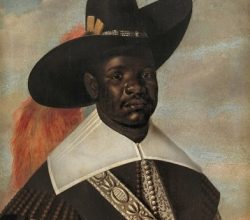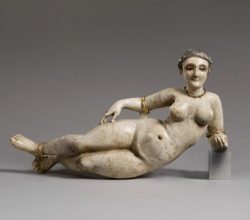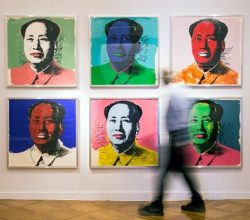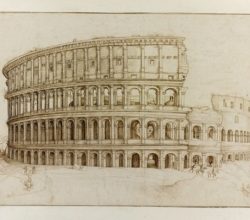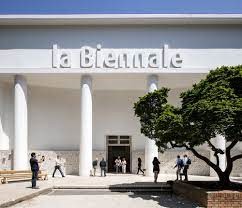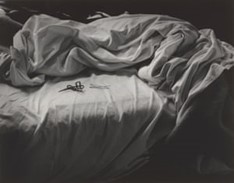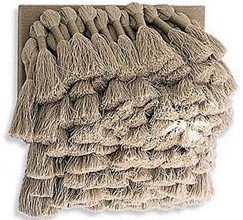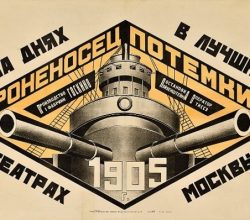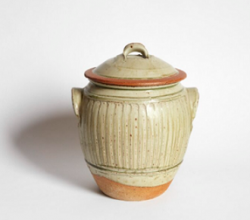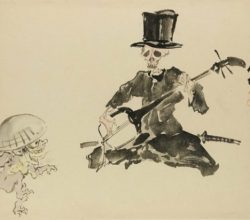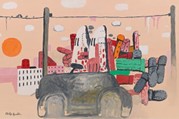
Philip Guston’s paintings are controversial. But here they are
Staff | The Economist | 30th April 2022
After a hugely controversial postponement, the Guston retrospective has now opened. A “dramatic reimagining of the curatorial process” has provided a fuller context to the hooded KKK figures. Along with Guston’s other icons – cigarettes, eyeballs, boots, light bulbs – they communicate a “malignant foreboding” that drew on the social turmoil of late 1960’s America. In this context the hoods “were—and are—a reproach. They are terrible in their ordinariness. [A] magnificent exhibition”.

